Home>Gardening & Outdoor>Pool & Spa Care>What Do You Use To Shock A Hot Tub
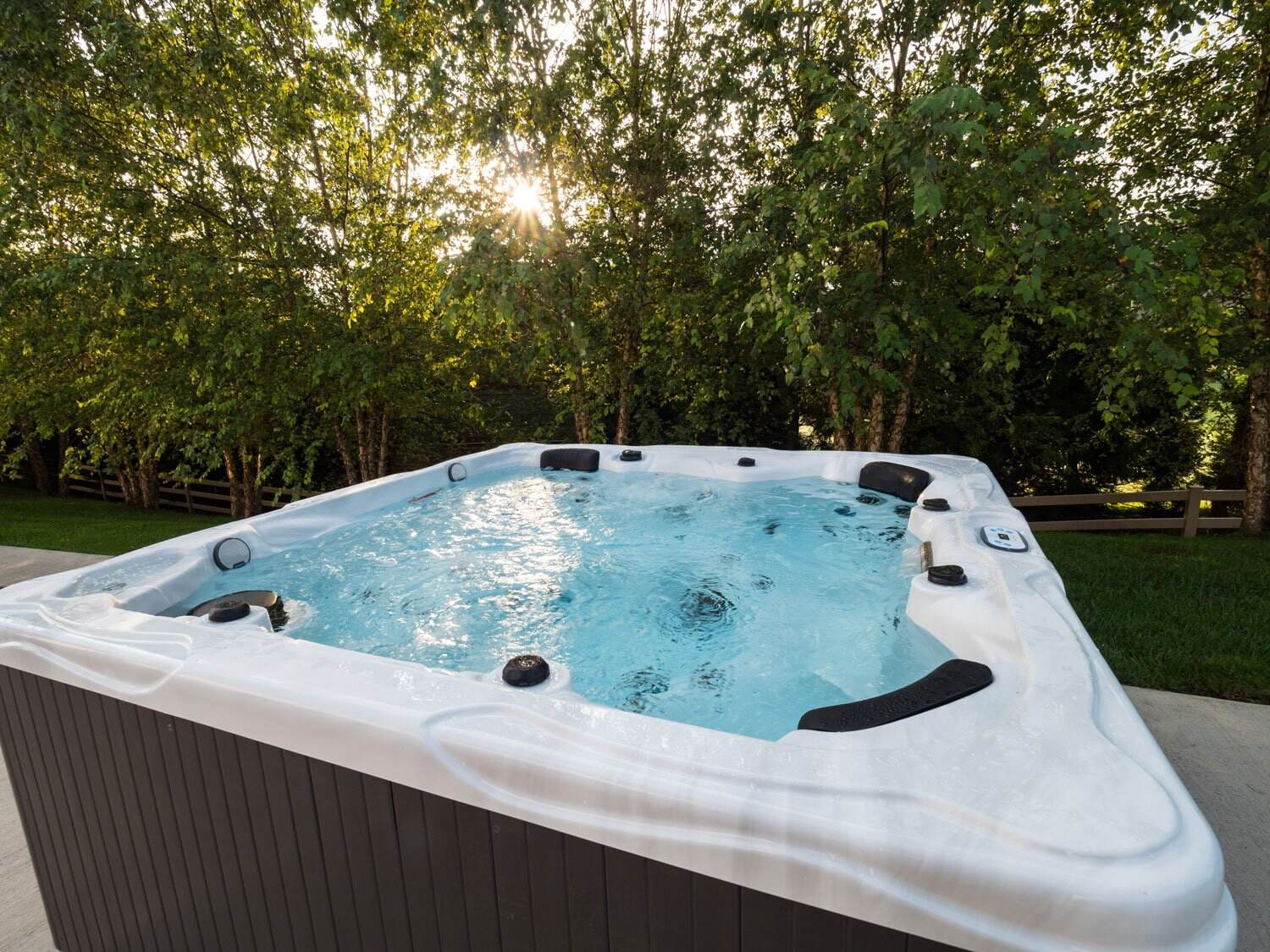

Pool & Spa Care
What Do You Use To Shock A Hot Tub
Modified: August 23, 2024
Discover the best methods for shocking your hot tub and maintaining pool and spa care. Learn how to keep your hot tub clean and safe with our expert tips.
(Many of the links in this article redirect to a specific reviewed product. Your purchase of these products through affiliate links helps to generate commission for Storables.com, at no extra cost. Learn more)
Introduction
Welcome to the world of hot tub relaxation and rejuvenation! If you’re a proud hot tub owner, you understand the joy of soaking in warm, bubbling water, letting the stresses of the day melt away. To keep your hot tub in pristine condition and ensure a safe and enjoyable experience, proper maintenance is crucial. One essential aspect of hot tub maintenance is shocking, a process that helps to keep the water clean, clear, and free of contaminants. In this article, we will delve into the importance of shocking a hot tub, explore the different types of hot tub shock, learn how to use it effectively, and provide valuable tips for maintaining a sparkling clean hot tub.
Key Takeaways:
- Regularly shocking your hot tub is crucial for keeping the water clean and safe, preventing bacteria and algae growth, and ensuring a pleasant soaking experience.
- In addition to shocking, maintaining a clean hot tub involves regular filtration care, water chemistry management, and surface cleaning to create a welcoming oasis for relaxation and rejuvenation.
Read more: How Often Do You Shock A Hot Tub
Importance of Shocking a Hot Tub
Shocking your hot tub is a critical step in maintaining water clarity and sanitation. Even with regular sanitization and filtration, organic contaminants such as body oils, sweat, and cosmetics can accumulate in the water, leading to cloudy or dull water and potentially creating a breeding ground for bacteria and algae. Shocking the hot tub helps to oxidize and eliminate these organic compounds, restoring water clarity and preventing unpleasant odors.
Furthermore, regular shocking can effectively destroy and prevent the buildup of chloramines, which are formed when chlorine combines with contaminants. Chloramines not only cause eye and skin irritation but also compromise the effectiveness of the sanitizer. By eliminating chloramines through shocking, the overall sanitizing efficiency of the water is improved, ensuring a safer and more enjoyable soaking experience.
Additionally, hot tub shock plays a crucial role in breaking down and removing residual sanitizer byproducts, such as bromamines in bromine-treated spas or combined chlorine in chlorine-treated spas. This process, known as “shocking out” the old sanitizer, helps to maintain a proper sanitizer level and ensures that the water remains safe and free of harmful microorganisms.
By incorporating regular shocking into your hot tub maintenance routine, you can enjoy crystal-clear, inviting water while promoting a healthy and hygienic environment for relaxation. The importance of shocking a hot tub cannot be overstated, as it is a fundamental step in preserving water quality and enhancing the overall hot tub experience.
Different Types of Hot Tub Shock
When it comes to shocking your hot tub, you have several options to choose from, each offering unique benefits and applications. Understanding the different types of hot tub shock can help you select the most suitable product for your specific needs.
Chlorine-Based Shock: This type of shock, often available in granular form, contains a high concentration of chlorine. It is effective for quickly elevating the free chlorine level in the water, eliminating contaminants, and restoring water clarity. Chlorine-based shock is ideal for regular maintenance and addressing water issues such as cloudy or dull water, chloramine buildup, and unpleasant odors.
Non-Chlorine Shock: Also known as potassium monopersulfate shock, this type of shock treatment does not contain chlorine. Instead, it oxidizes organic compounds and contaminants, much like chlorine shock, but without adding additional chlorine to the water. Non-chlorine shock is an excellent option for spa owners who are sensitive to chlorine or prefer to minimize chlorine use while maintaining water quality.
Enhanced Shock Products: Some manufacturers offer enhanced shock products that combine the oxidizing power of traditional shock treatments with additional features, such as built-in clarifiers, algaecides, or enzymes. These multi-functional shock products can provide comprehensive water treatment, addressing a range of issues in a single application and simplifying hot tub maintenance.
Dichlor and MPS Blend: This type of shock combines dichlor, a stabilized form of chlorine, with potassium monopersulfate (MPS). The dichlor component provides a quick boost of chlorine, while the MPS component contributes to oxidation. This combination shock is designed to rapidly oxidize contaminants while replenishing chlorine levels, making it a convenient option for regular maintenance and troubleshooting water quality issues.
By familiarizing yourself with the characteristics and benefits of different types of hot tub shock, you can make informed decisions when selecting a shock treatment that aligns with your preferences, water care routine, and hot tub maintenance goals.
Always use a chlorine shock treatment to shock a hot tub. Follow the manufacturer’s instructions for the correct amount to add based on the size of your hot tub. This will help to keep the water clean and free of bacteria.
How to Use Hot Tub Shock
Using hot tub shock effectively involves following specific guidelines to ensure optimal results and maintain a healthy hot tub environment. Whether you opt for chlorine-based shock, non-chlorine shock, or an enhanced shock product, the application process typically involves several key steps.
1. Determine the Appropriate Dosage: Refer to the product label or manufacturer’s instructions to determine the recommended dosage of shock for your hot tub’s water capacity. It’s important to measure accurately to avoid over- or under-dosing, which can impact water clarity and sanitizer effectiveness.
2. Pre-Dissolve the Shock: In most cases, it is advisable to pre-dissolve the shock treatment in a bucket of water before adding it to the hot tub. This helps the shock to disperse evenly and prevents concentrated granules from settling on the spa surface, potentially causing damage. Stir the solution thoroughly to ensure complete dissolution.
3. Add the Shock to the Water: With the hot tub’s circulation system running, slowly pour the pre-dissolved shock solution into the water, distributing it evenly around the spa. This allows the shock to mix thoroughly with the water, promoting effective oxidation and sanitation throughout the entire volume of water.
4. Circulate the Water: After adding the shock, let the hot tub’s circulation system run for at least 15-30 minutes to ensure proper mixing and distribution of the shock treatment. This helps to maximize its effectiveness in oxidizing contaminants and restoring water clarity.
5. Test and Adjust the Water Chemistry: Following the application of hot tub shock, it’s recommended to test the water chemistry using a reliable test kit. This allows you to assess the sanitizer levels, pH, and other essential parameters. Based on the test results, make any necessary adjustments to maintain balanced and sanitary water conditions.
By following these steps and adhering to the specific instructions provided by the shock product manufacturer, you can effectively incorporate hot tub shock into your routine maintenance regimen, promoting clean, clear, and inviting water for your enjoyment.
Tips for Maintaining a Clean Hot Tub
Keeping your hot tub clean and well-maintained is essential for preserving water quality, prolonging equipment life, and ensuring a safe and enjoyable soaking experience. In addition to regular shocking, the following tips can help you maintain a sparkling clean hot tub:
- Regular Filtration Maintenance: Clean or replace the hot tub filter as recommended by the manufacturer to ensure efficient removal of debris and contaminants. A clean filter is essential for optimal water circulation and filtration.
- Monitor and Maintain Water Chemistry: Test the water regularly using a reliable test kit and adjust the sanitizer levels, pH, alkalinity, and calcium hardness as needed to maintain balanced water chemistry. This promotes effective sanitization and prevents water imbalances that can lead to cloudiness or scaling.
- Shower Before Soaking: Encourage hot tub users to shower before entering the spa to minimize the introduction of body oils, lotions, and other contaminants into the water, reducing the burden on the sanitizer and filtration system.
- Drain and Refill Periodically: Follow the manufacturer’s guidelines for draining and refilling the hot tub to prevent the buildup of dissolved solids and contaminants that can impact water quality. Regular water replacement is essential for maintaining clean, fresh water.
- Surface Cleaning: Routinely clean the spa surfaces, waterline, and cover with mild, spa-safe cleansers to remove oils, dirt, and other residues. This helps to prevent the formation of unsightly scum lines and maintains a pristine appearance.
- Monitor Water Level: Keep an eye on the hot tub’s water level and ensure it remains within the recommended range. Proper water level is crucial for optimal skimming, filtration, and overall spa performance.
- Regular Maintenance Checks: Inspect the hot tub’s equipment, including pumps, heaters, and seals, to identify and address any issues promptly. Regular maintenance helps prevent problems that can compromise water quality and system functionality.
- Cover Care: Keep the hot tub cover clean and well-maintained, ensuring a proper fit and sealing to minimize debris entry and heat loss. A well-maintained cover helps preserve water quality and conserves energy.
By incorporating these tips into your hot tub maintenance routine, you can uphold a clean, inviting environment for relaxation and ensure that your hot tub continues to provide a rejuvenating retreat for years to come.
Read more: How To Shock Bromine In A Hot Tub
Conclusion
As a hot tub owner, maintaining a clean and hygienic spa environment is essential for preserving water quality, promoting relaxation, and ensuring the longevity of your hot tub. The process of shocking your hot tub plays a pivotal role in oxidizing contaminants, eliminating chloramines, and maintaining a healthy and inviting soaking experience. By understanding the importance of shocking, familiarizing yourself with the different types of hot tub shock, and following proper application techniques, you can effectively incorporate this essential maintenance step into your routine.
Furthermore, by implementing additional maintenance tips such as regular filtration care, water chemistry management, and surface cleaning, you can uphold a pristine hot tub environment that enhances your overall enjoyment and well-being. Consistent attention to water quality, equipment maintenance, and cleanliness not only ensures a pleasurable soaking experience but also contributes to the longevity of your hot tub and its components.
Remember, a clean hot tub is not only visually appealing but also promotes a healthy and rejuvenating retreat for you and your guests. By prioritizing proper maintenance, including shocking and comprehensive care practices, you can savor the benefits of your hot tub while creating a welcoming oasis for relaxation and rejuvenation.
So, embrace the art of hot tub maintenance, incorporate the valuable insights shared in this article, and revel in the bliss of a clean, inviting hot tub that enriches your lifestyle and well-being.
Frequently Asked Questions about What Do You Use To Shock A Hot Tub
Was this page helpful?
At Storables.com, we guarantee accurate and reliable information. Our content, validated by Expert Board Contributors, is crafted following stringent Editorial Policies. We're committed to providing you with well-researched, expert-backed insights for all your informational needs.
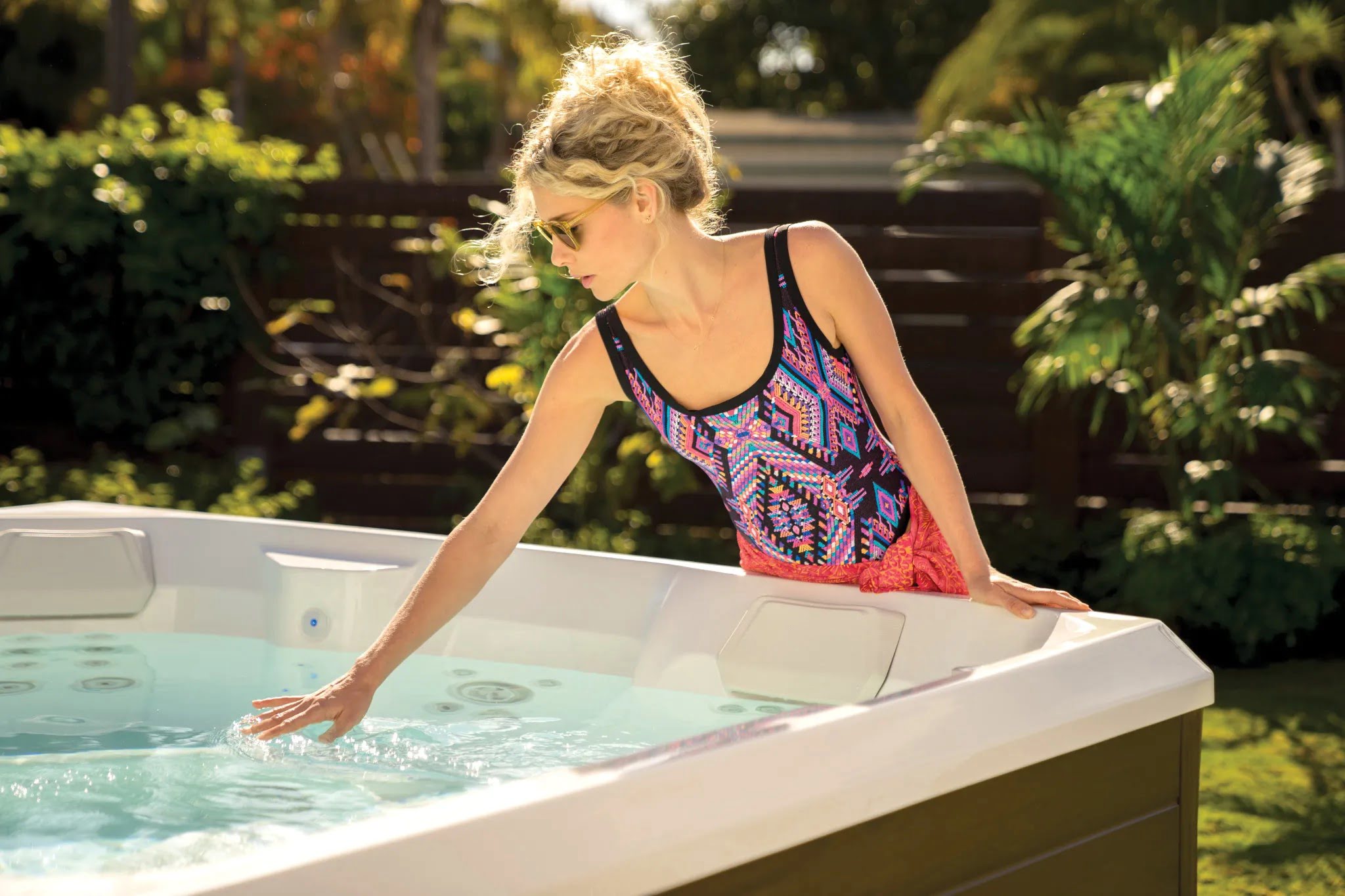

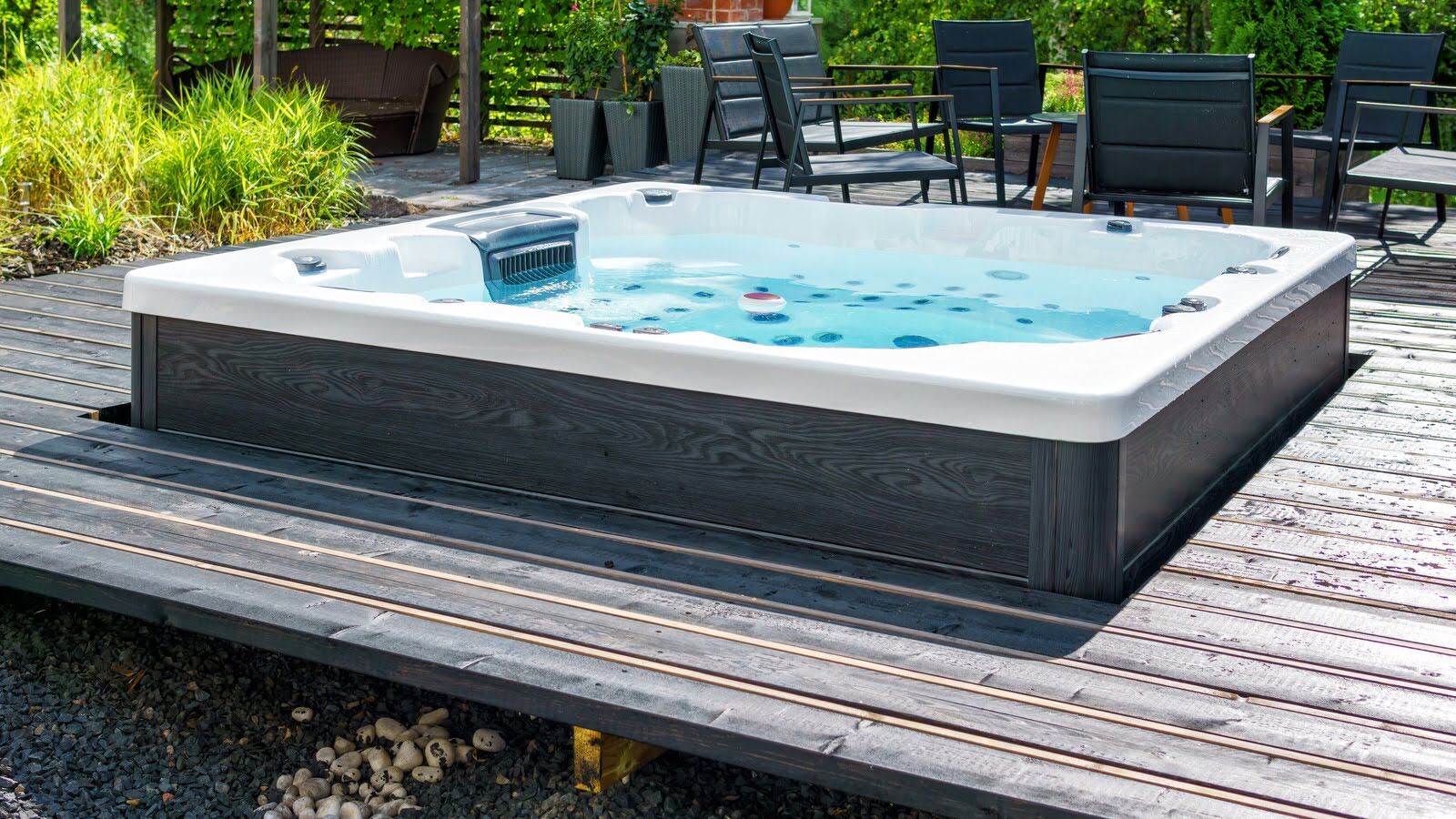
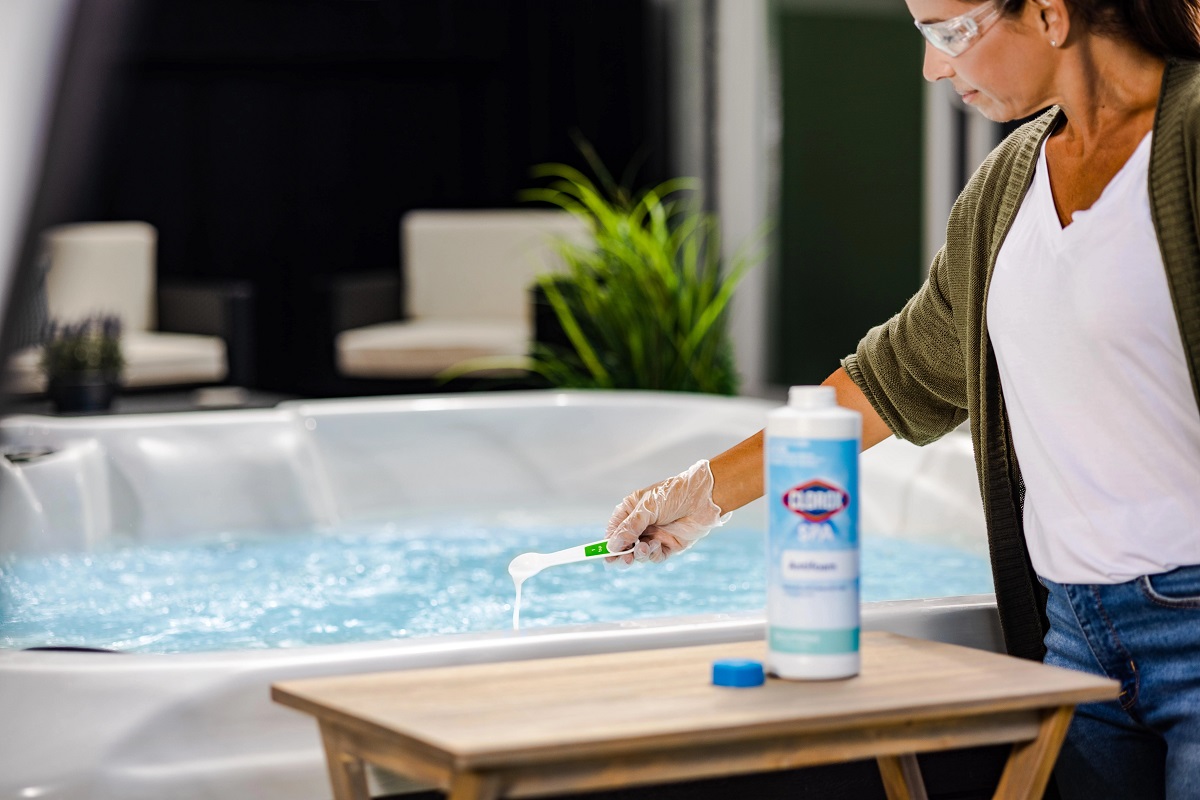
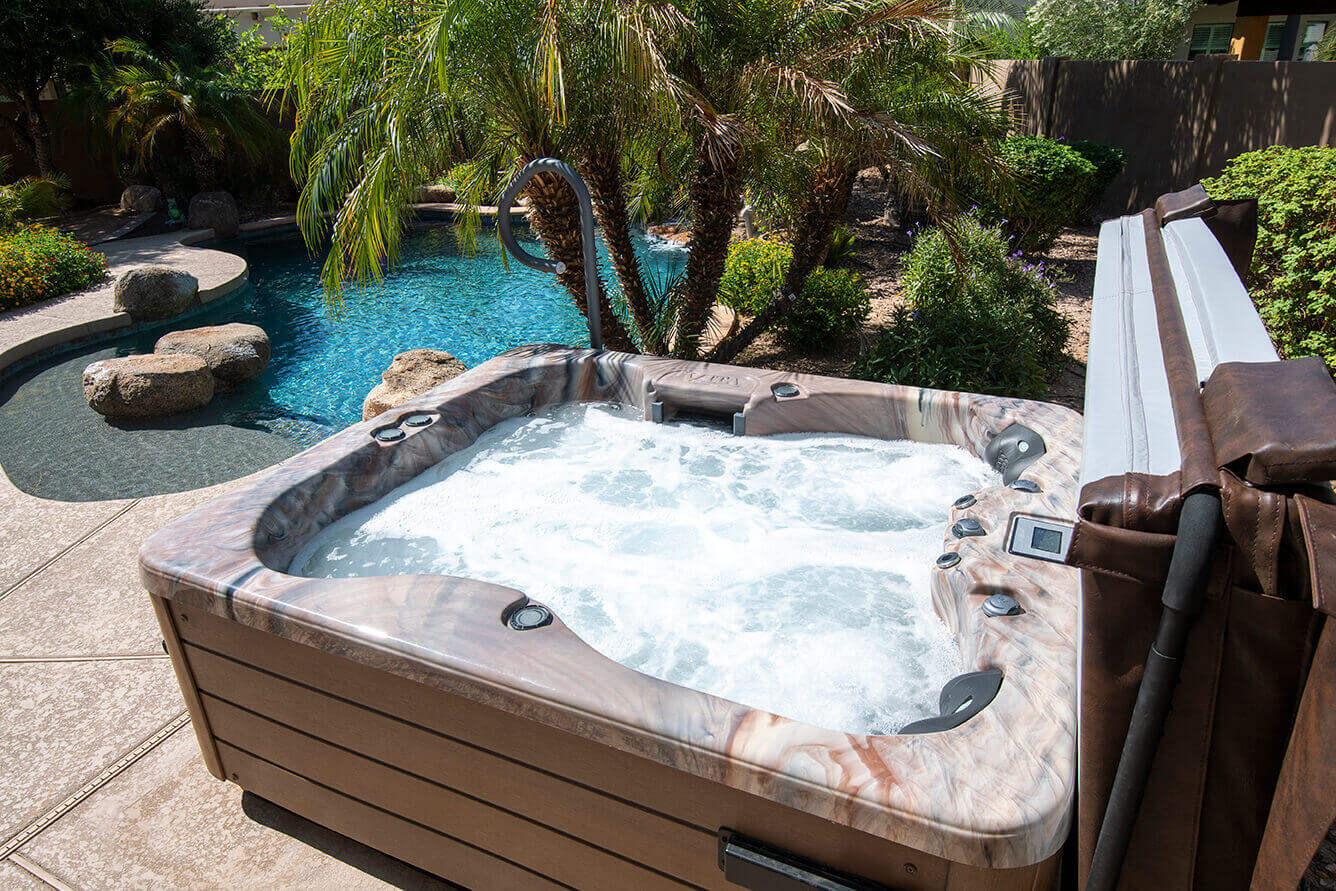
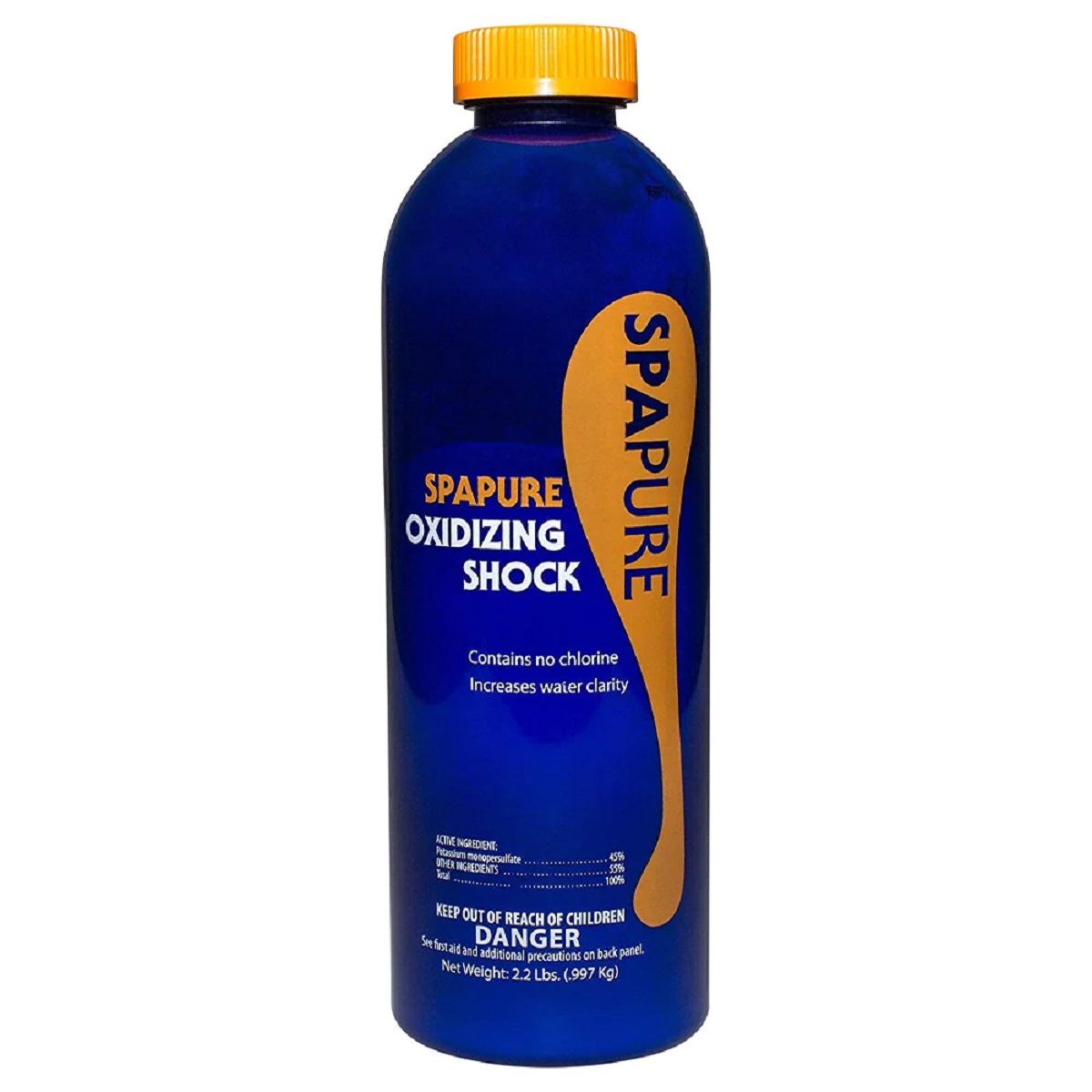
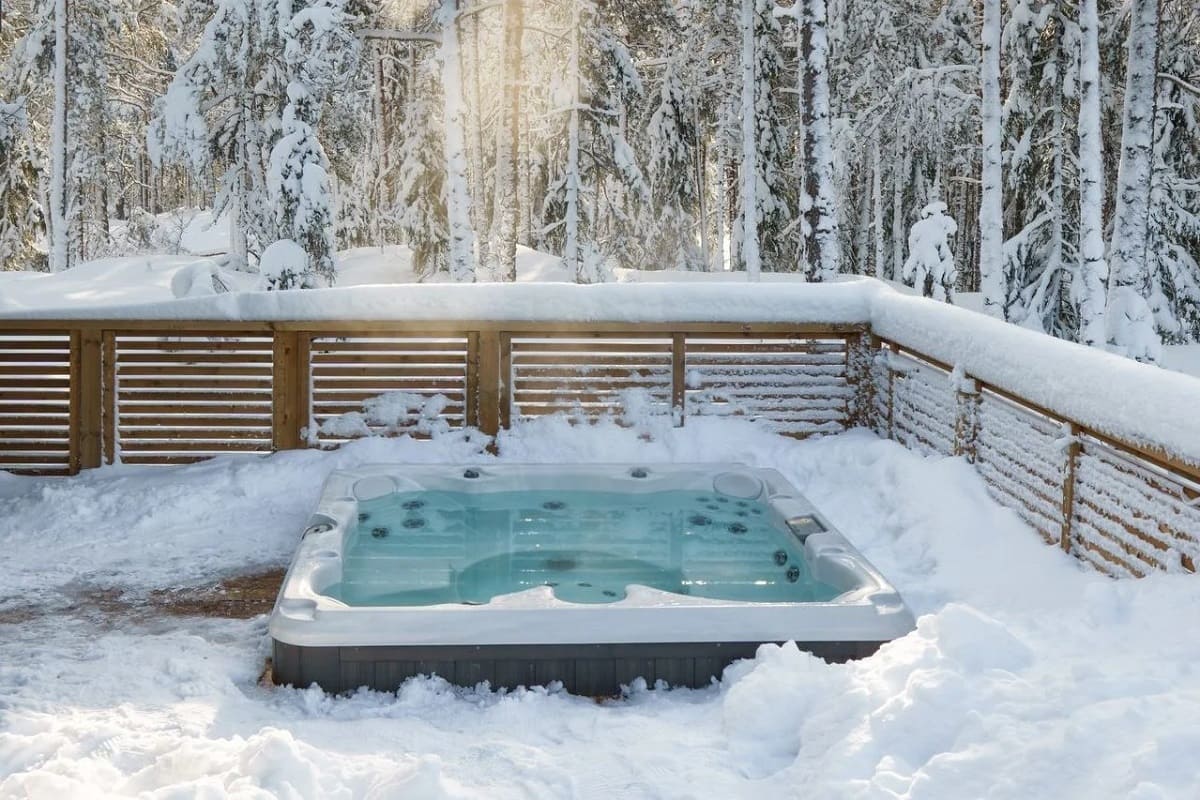
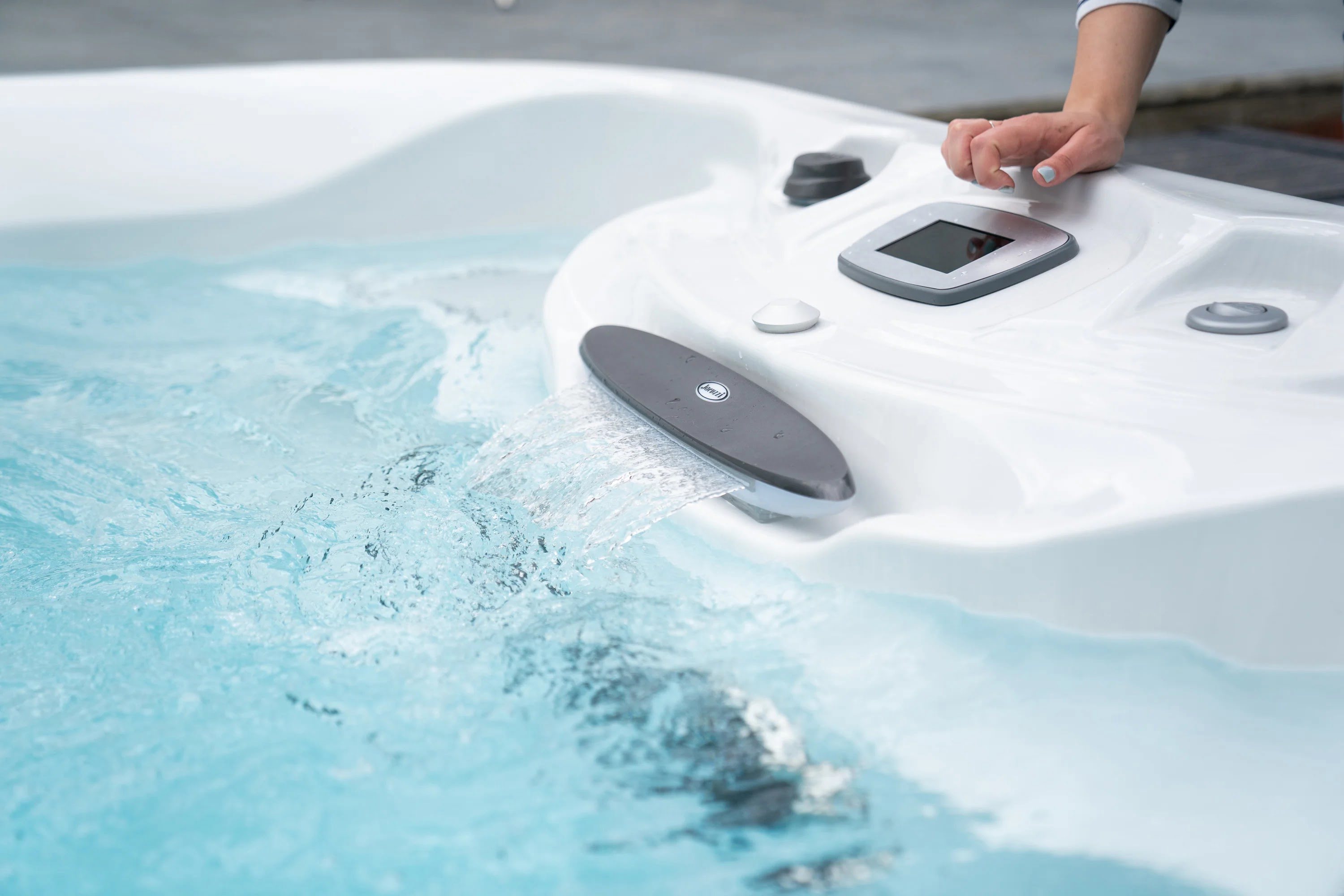

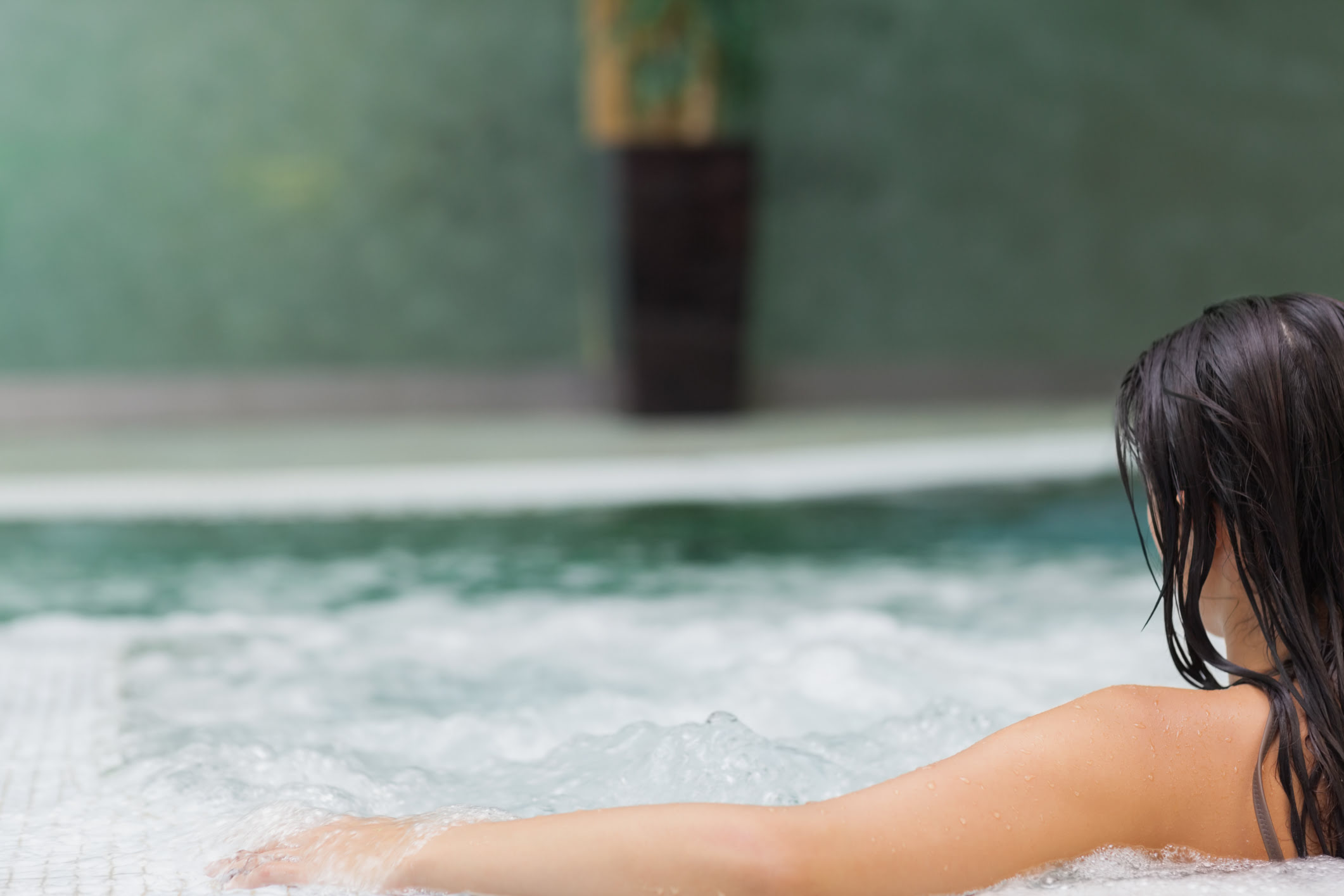
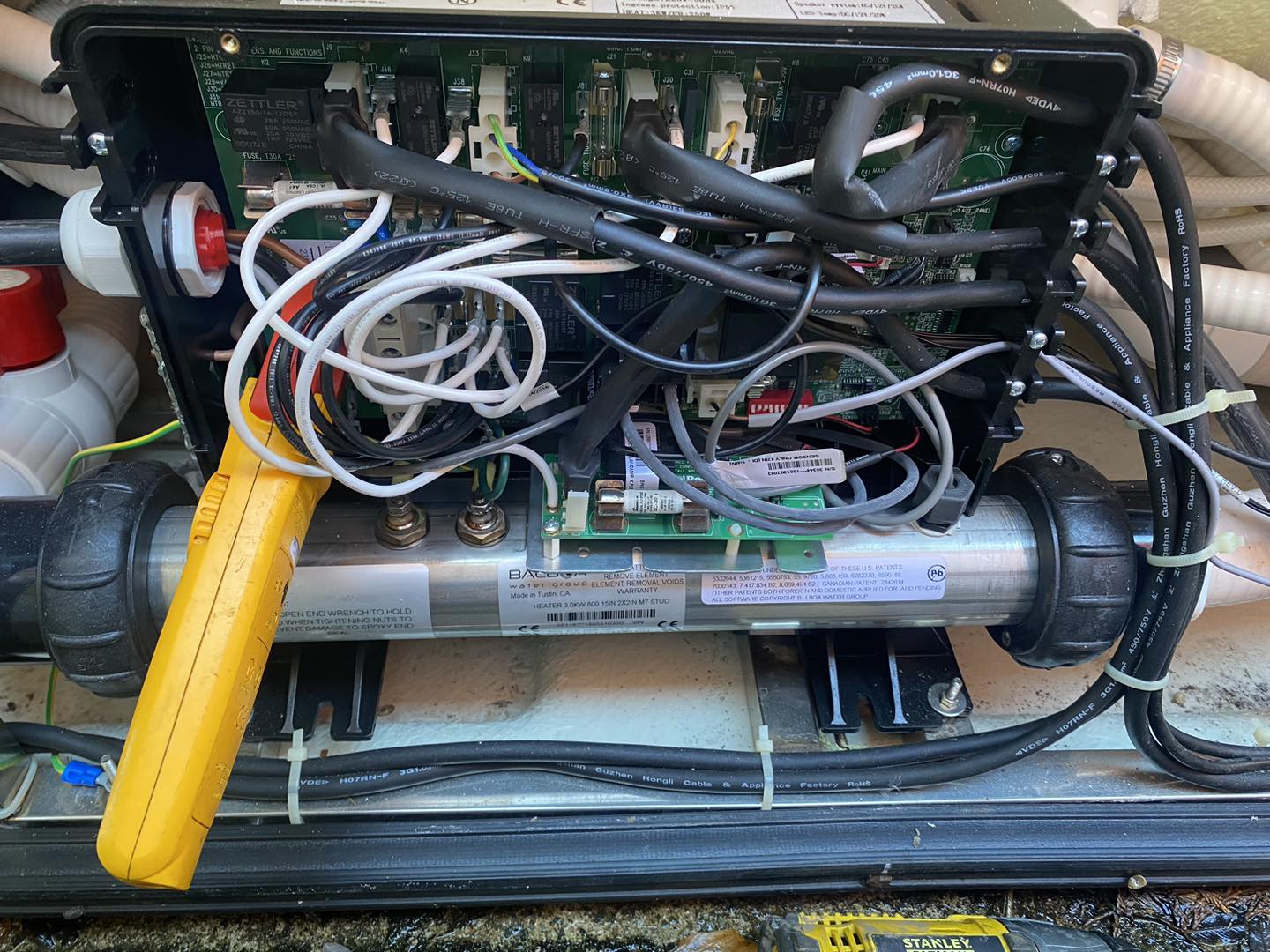


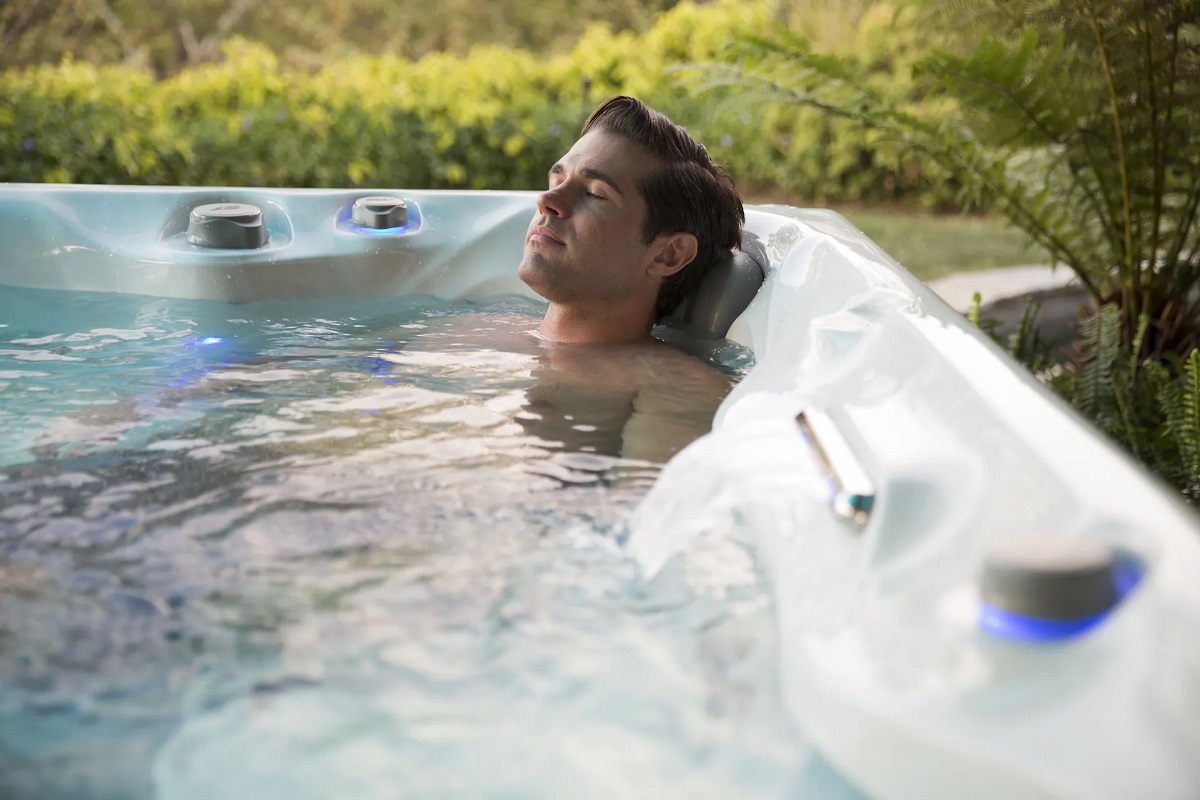

0 thoughts on “What Do You Use To Shock A Hot Tub”